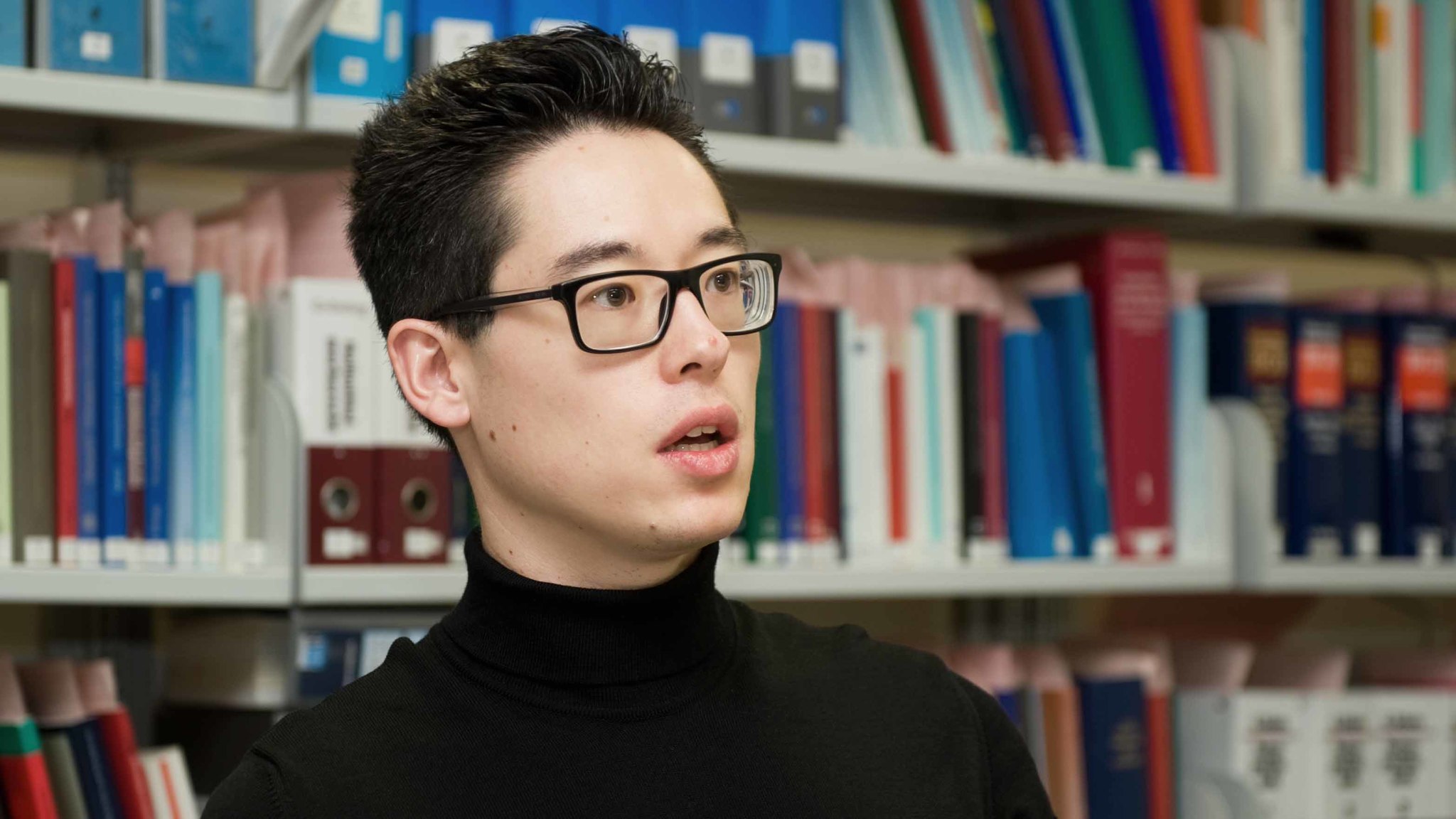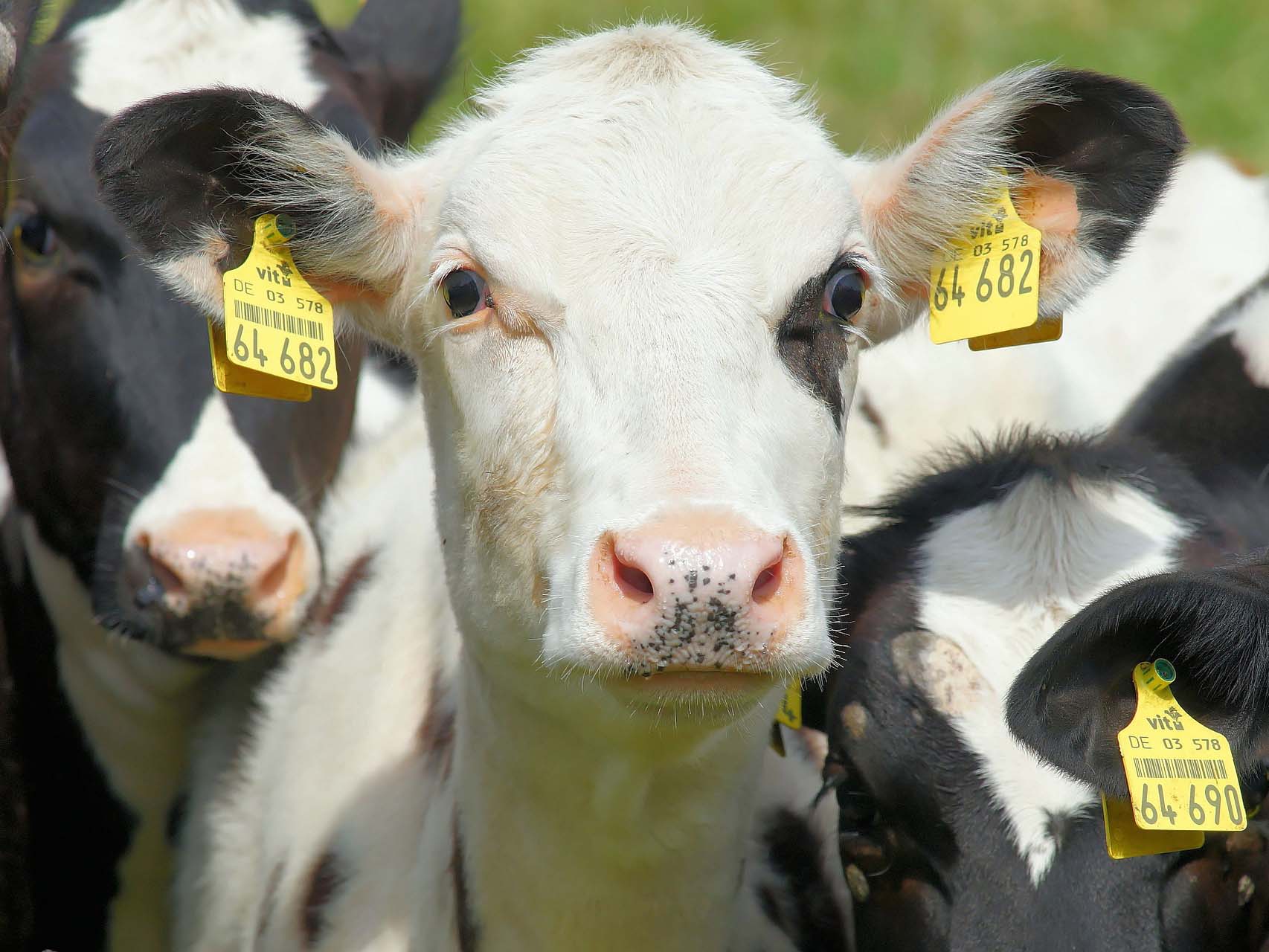
Photo: Harald Rehling / Universität Bremen
Food Monitoring: Yes – But with Data Protection!
With their expertise, law scholars at the University of Bremen are ensuring that personal rights are being preserved during the application of new technologies.
Food scandals occur regularly. Metal particles in yoghurt, germs in salad, inedible goods: Which routes did the foodstuff take and where did the contamination occur? A consortium led by the Bundeswehr University Munich is developing new technologies within the “Nutrisafe” project. Law scholars from the University of Bremen are part of the project and are offering their expertise on the topic of data protection.
It was the biggest food scandal in Germany after the Second World War: In spring and summer 2011, bean sprouts were contaminated with EHEC – an intestinal bacteria. Nearly 4,000 people became ill and 53 people died. It took several weeks for the health authorities to find out where the origin was. Until it was certain that it was the bean sprouts that were contaminated, the mensa cafeteria at the University of Bremen took tomatoes, cucumbers, and salad from its menu to be safe.

Photo: Coleur / Pixabay
It is not only since this incident that there has been a great deal of research on how the production and distribution of foodstuffs can be better monitored. New technologies, such as the blockchain technology, are being implemented. There are over 20 partners within the Nutrisafe project that are working together to find solutions, including law scholars from the Institute for Information, Health, and Medical Law (IGMR) at the University of Bremen. They are focused on the adherence to data protection regulations, as IGMR director Dr. Dennis Kenji Kipker explains. “First results show that many processes within the companies are already digitally supported and some of them are even fully digitalized. There is an especially great potential for digitalization with regard to documentation. Documentation automatization would save resources and the majority of companies would be able to implement it.”
Proving the Transport Chain without any Doubt
In essence, it is about proving the transport chains of foodstuffs without any doubt and that said chains are forgery-proof. “A toolkit is to be provided, especially for small and middle-sized companies,” according to Kipker. The blockchain technology would allow for information on the location and quantity of food to be saved. “In the case of a catastrophe, one could, for example, reroute food using digital tools should there be a supply bottleneck,” he states as an example.

Photo: Karsten Paulick / Pixabay
However, when things become digital and the label “monitoring” is used, the topic of personal data arises. In such cases, the Bremen legal scholars, who have a great deal of expertise, are involved. “As an example, if you know which truck transported bean sprouts from Bremen to Hamburg on one particular day, then you also know which driver was behind the wheel, how slowly or quickly that person drove, which route they took, if and where they took breaks – and a great deal more.” In the case of contaminated baby food, you could also find out who was responsible for quality control on that day and who possibly did not pay enough attention: “People become involved at this point at the latest,” emphasizes Kipker.
Critical Parts Noted
Alongside data protection, further areas, such as labor law, are involved. “We, of course, require solutions for such issues right from the beginning. That is why we became involved.” The individual technological steps have been viewed from a legal standpoint and critical parts were noted. Kipker: “Other project partner members who are constructing Nutrisafe must obviously know in which parts data needs to be anonymized or even deleted.” What use is the best technological solution if a court puts a halt on it at the end? “At the same time, we are building a type of legal toolkit for such types of issues. We will put it on the internet and it will be available to anyone who is interested in it,” announces the IGRM director.